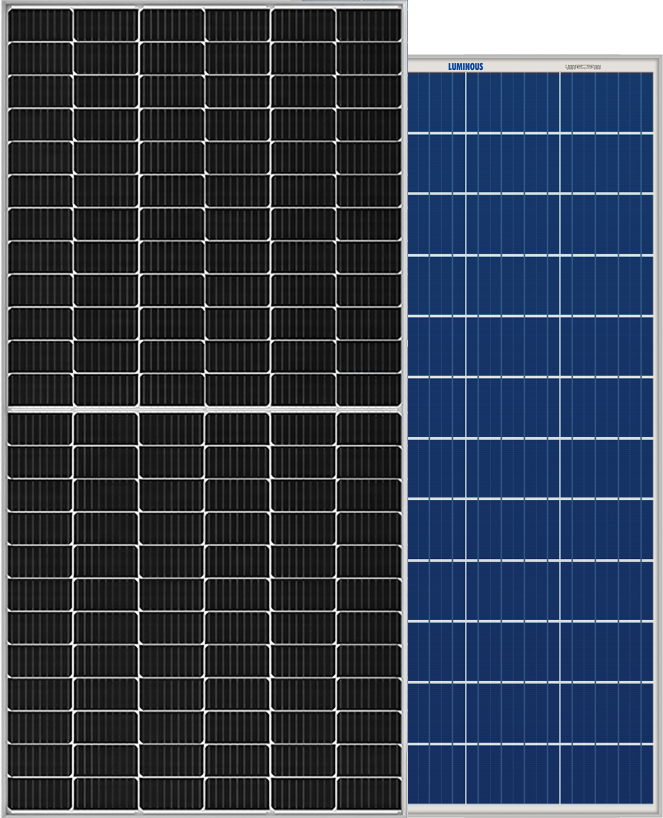Back a few decades ago, no one would have imagined we could generate power from the sun. But here we are, moving into a generation that is getting technologically advanced by the day. Solar energy is now being highly adopted as a go-to source of energy in residential as well as commercial establishments.
It’s not uncommon now to find solar panels at the top of roofs. Solar panels have a lot of advantages, including the fact that they use a renewable source of energy and can help significantly cut down your electricity bills.

So, if you are planning to get one for your home, you can choose between two types of solar panels—Mono PERC half-cut and polycrystalline solar panels. Here’s all you need to know about them.
Mono PERC Half Cut Solar Panels: Formation
A mono PERC half-cut solar panel is based on crystalline silicon (c-Si) solar panels. The components used to manufacture half-cut solar panels are the same as c-Si solar cells. What sets them apart is the change in design, which focuses on improved performance and reduced electrical losses. These panels are cut in half with a process known as cleaving. This procedure uses laser technology to cut the cell in half, where the cell delivers the same voltage but half the current. A mono PERC half-cut solar panel can allocate twice the cells in the same area of a standard module.
Mono PERC Half Cut Solar Panels: Advantages and Features
The mono PERC half-cut solar panels help improve the structural design of the solar cells. The technology used reduces the losses with the surface recombination process. This also increases efficiency and reduces heat absorption. Mono PERC half-cut solar panels produce 6% more power than standard modules.
- These panels not only cut the panels in half but also slash the price of the solar system. They have the potential for quicker payback.
- Another major advantage of Mono PERC half-cut solar panels is reduced shade tolerance. In these panels, the bypass diodes reduce the loss of power from the shaded portion instead of the whole solar panel. It makes a substitute path for the current to travel in the unshaded part and avoid the current to pass the shaded part. This helps reduce the effect of shading and increases the performance in case of partial shadow conditions.
Polycrystalline Solar Panels: Formation
A polycrystalline solar panel consists of numerous silicon crystals encompassed in one PV cell. Numerous silicon fragments are melted together to create polycrystalline solar panel wafers.
In the case of polycrystalline solar cells, the vat of molten silicon that is used in forming the cells cools down on the panel itself. The surface of these solar panels has an appearance like that of a mosaic – which is a square shape and shining blue colour. Due to the fact that polycrystalline cells contain multiple silicon crystals, they allow little movement of electrons within the cells.
Polycrystalline Solar Panels: The Features and Advantages of this Solar Panel Type
- This solar panel type is eco-friendly as it does not need individual shaping and placement of each crystal. It is eco-friendly because a majority of silicon is utilized during production, implying reduced wastage.
- The permissible minimum and maximum temperature of this solar panel type is -40 °C and 85 °C.
- Polycrystalline solar panels offer lower heat tolerance. Consequently, these solar panels have lower efficiency at a higher temperature.
- This solar panel type has a high-power density.
Are you planning to buy one of the two types of solar panels? Check out our e-shop today. We have served thousands of happy customers and are known for offering innovative and excellent solar products.
Leave a Reply